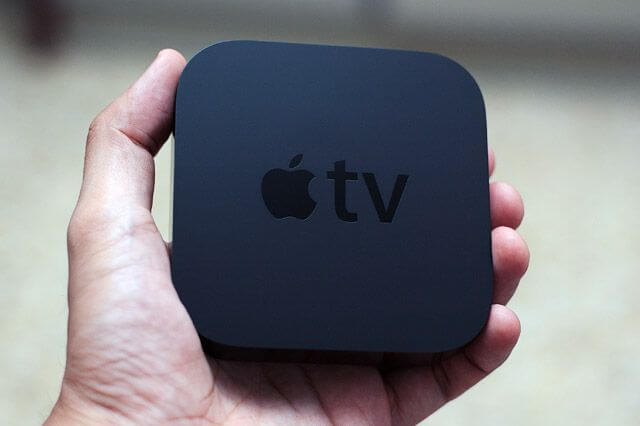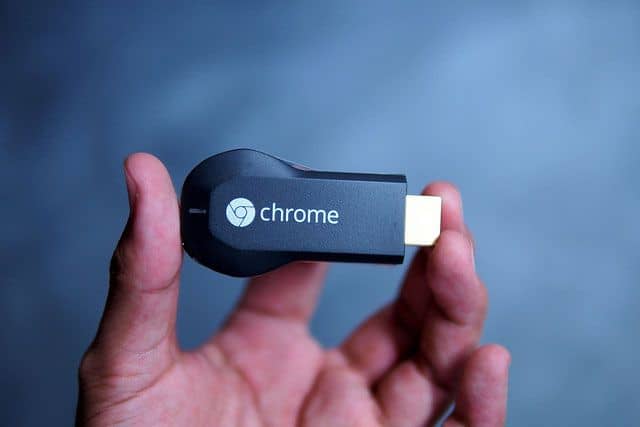There are currently so many streaming video gadgets for the home theater market that it is difficult to keep up. Apple TV, Google Chromecast, Roku, WD Play, TiVo Stream, Slingbox, Push2TV, Vizio Co-Star, Netgear, etc. Then there are all the smart Blu-ray players, game consoles, and smart HDTVs that even provide access for streaming video to applications like YouTube, Netflix, and Hulu Plus.
And don’t leave behind HTPCs, a small part of the home theater market, but one that has a crazy user base.
Two gadgets have emerged from this hardware affair, all of which have surpassed Amazon’s list of video streaming devices and several shopping guides: Apple TV and Google Chromecast. But which one is right for you? We’ve divided the pros and cons of these two gadgets into many categories to help you decide.
Apple TV vs Chromecast
Apple TV
Cost Price: $100
At a glance:
Streams and plays pictures, videos, and music from the web, iOS devices, and PCs (with iTunes). iMovie projects, iCloud files, and media rented or purchased from Apple’s iTunes Store that might be prevented from playing on other devices stream quite well to Apple TV. The gadget can even mirror your iPhone, iPad, iPod Touch, or Mac computer with AirPlay, so you can explore your mobile or desktop screen on the big screen.
Pros:
The gadget works over Ethernet and Wi-Fi and offers applications for all non-Google streams supported by Chromecast and many that aren’t. These include PBS, Vimeo, Disney Channel, Sky News, Flickr, and many other sports such as Soccer (MLS), Baseball (MLB), Basketball (NBA), Football (NFL), and ESPN. And the good news is that there is a new software update; people can now listen to their favorite radio stations from iTunes on their TV.
As far as AirPlay is concerned, it works smoothly from Apple Smartphone to PC. If you have an iGadget, setup is a snap. Just hold the tablet or smartphone up to your Apple TV, and it automatically captures your network and iTunes settings. AirPlaying iTunes even works on Windows computers.
Cons:
The most elegant feature – AirPlay – works only in conjunction with Apple devices or via iTunes. That means you can stream from iTunes to your Windows PC, but you won’t be able to simply mirror your desktop the way iOS and Mac users can.
And despite years of waiting, Apple TV users still don’t have an App Store or channel, so the list of streaming sources is really limited. However, if you spend your entertainment life on iTunes, it’s not necessarily a downside. Streaming sources either come through software downloads or are built-in.
If you want a wider variety of streaming platforms to use, but they are not available within your region, then you may want to look at branching out with the best vpn for streaming that works within your browser so you are able to watch what you want with limited location restrictions.
Chromecast
Cost Price: $35
At a glance:
Transfer video from the Internet or from your handset, PC, or tablet to your TV – and then use your handset as a remote control. For example, you can watch a movie on an iPad, then pause and continue on your TV (or vice versa). Chromecast even offers full desktop casting and tab casting from PCs. These features allow users to project their entire PC or the contents of a Chrome Browser tab onto their TV.
Pros:
Similar to Apple TV, Google Chromecast can render 1080p HD videos, which is amazing considering the low price of $35. It is easy to start streaming. Just highlight the app (handset) or any website (via the Chrome browser on a PC) for an accessible service and press the button to start “casting” to the TV. And the inventory of streaming sources has now been expanded with the announcement of 10 new supported apps: Songza, Avia, VEVO, Plex, Red Bull.TV, BeyondPod, RealPlayer Cloud, PostTv, Revision 3, and Viki. These bring together HBO GO, Netflix, Google Play Movies and TV, Hulu Plus, Google Play Music, YouTube, and Pandora, bringing the total number of sources to 17.
RealPlayer Cloud, Plex, and Avia are especially handy if you want to play your own media files on your TV. With YouTube, you can create a mixed TV queue for a YouTube playlist on the go, where anyone on the same Wi-Fi network can add a video they want to watch. Another benefit: Regardless of the app, any Android, iOS, or PC on the same network can take control of the TV stream.
Cons:
With the latest updates, however, the streaming sources are narrow. If you’re a fan of Vimeo, Spotify, Daily Motion, or Amazon Instant, you’re out of luck at the moment. And there are no plans to change that.
Of course, there are suggestions of things that will come up in future updates. The Android 4.4.1 update suggests Chromecast mirroring so that connected TVs might be able to project the screens of smartphones in the future. And Google’s Chromecast Hackathon suggests that more streaming apps from developers large and small may be within reach. But you’ll have to be patient to watch as these potential improvements are rolled out.
Also, note that no remote control is available. As with all actions performed via the mobile device or PC, it might be inconvenient if the mobile device stops working when you want to take a break at a certain point. Ultimately, you need a strong Wi-Fi signal because Chromecast does not have an Ethernet port for a wired network connection.
Will any of the above streaming gadgets appear in your wish or shopping list? If so, let us know which one has caught your attention by adding a comment below.







